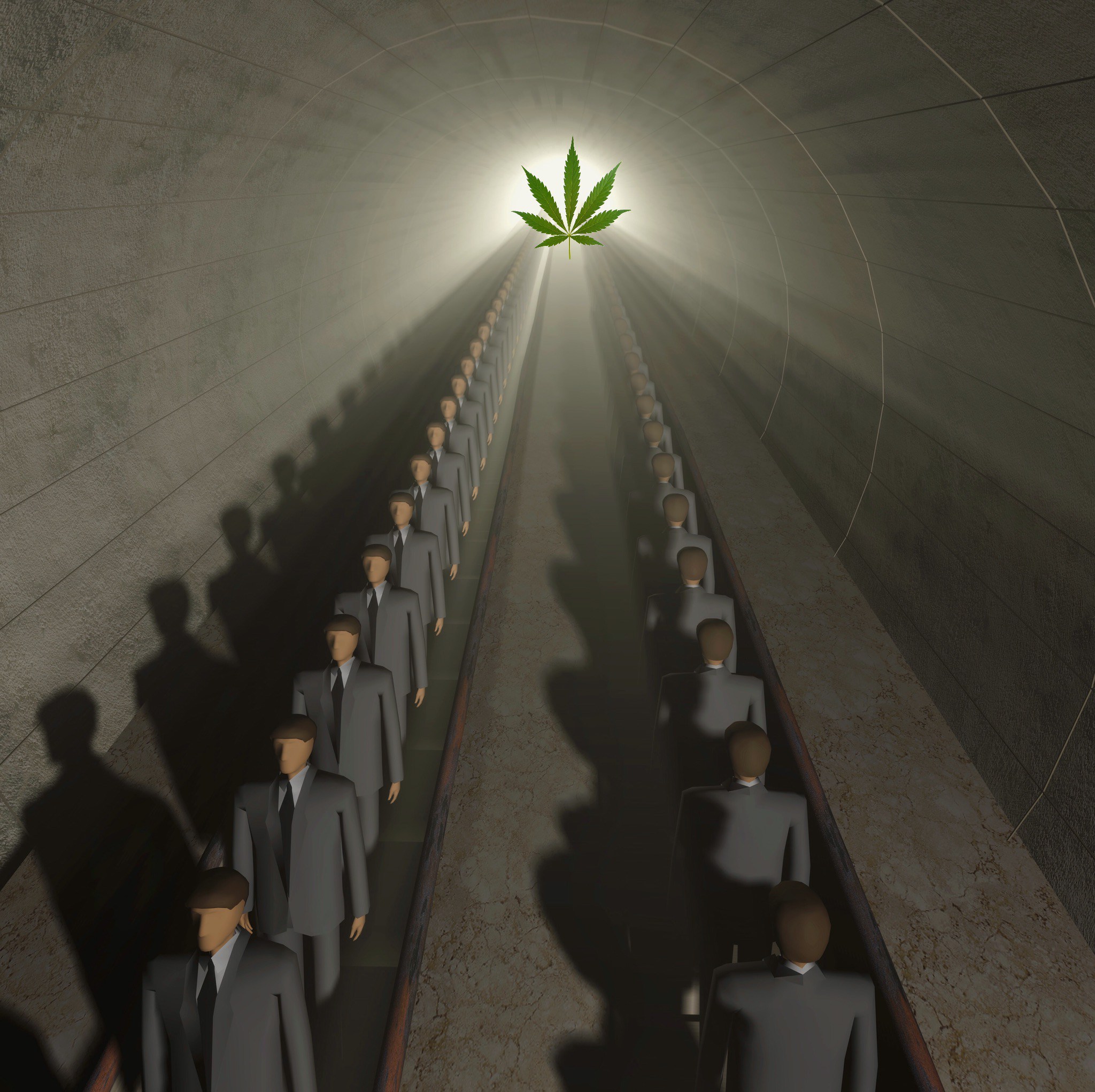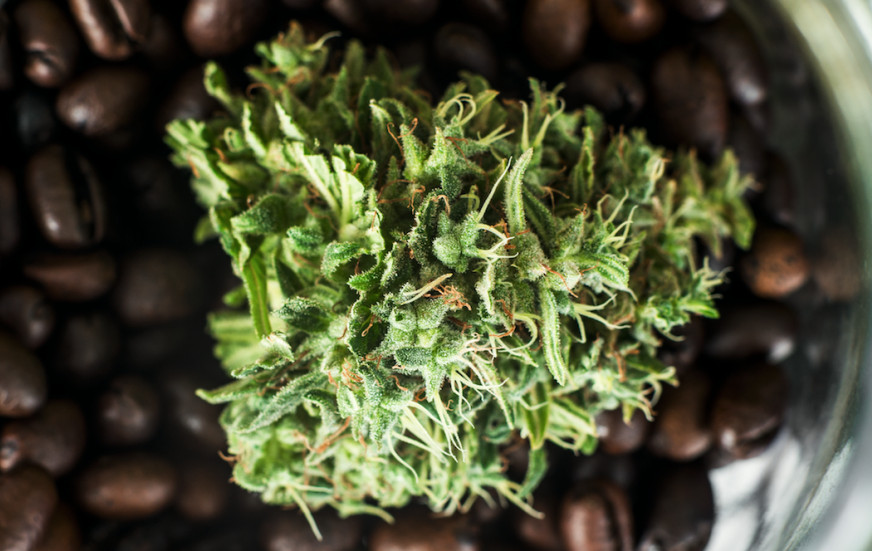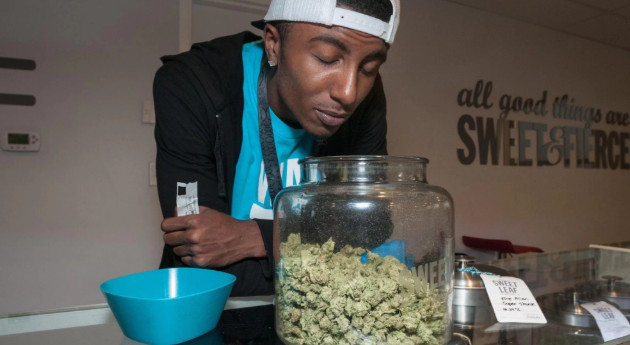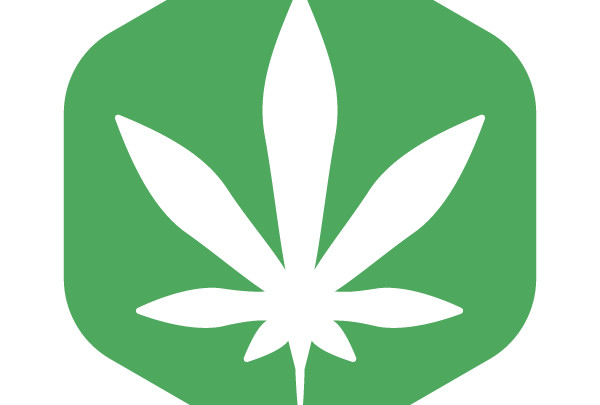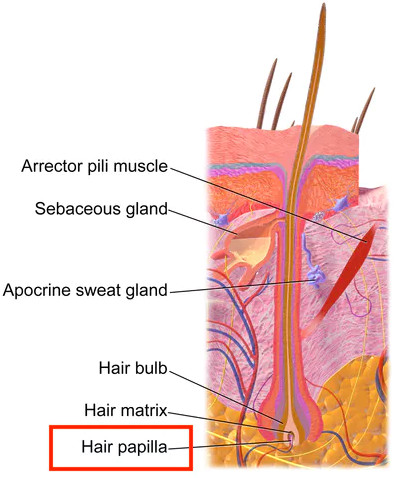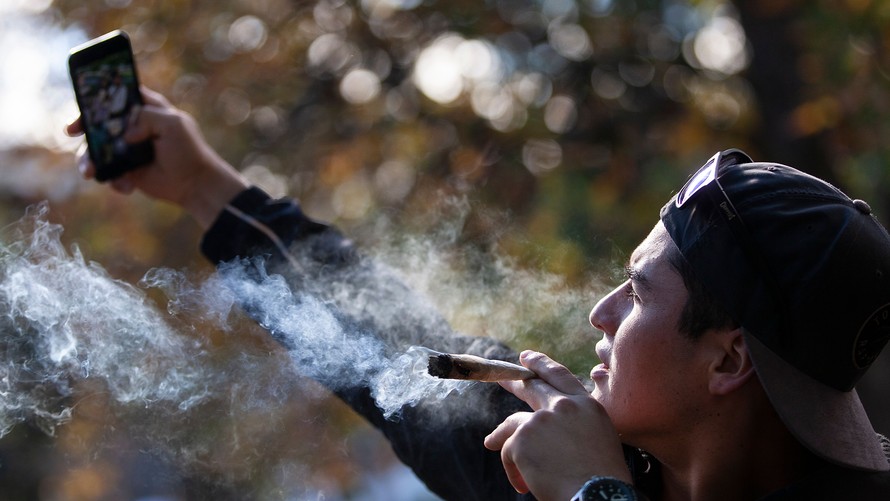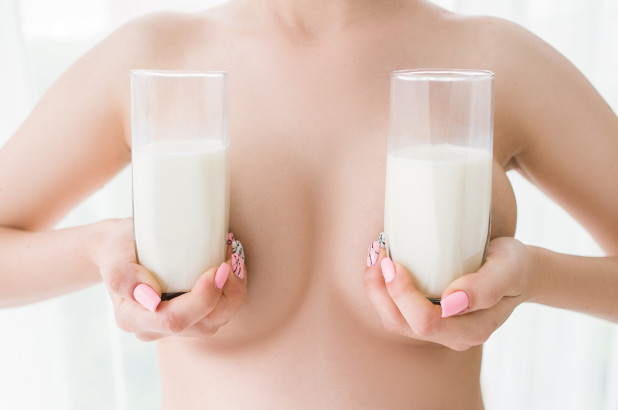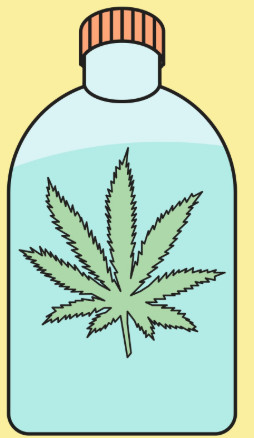What happens when marijuana is legalized for either medical or recreational use with little regulation and almost no enforcement? Unfortunately, we know by looking at what has happened in Colorado over the last few years, as Ben Cort relates in his excellent book Weed, Inc.
Legalization is not as much about the marijuana plant as it’s bioactive component, Tetrahydrocannabinol (THC). In “unenhanced” plants, THC is normally in a concentration of 1 percent and its effects on the brain are actually blunted by Cannabidiol (CBD), another substance in marijuana. The medicinal effects of marijuana come from CBD, not THC. THC is what gives the user their high. The longer someone uses THC or the higher the amounts they take of it, the more likely it is they will have psychosis, reduced brain function and even mental illness. The user is also much more likely to get addicted to marijuana from extended use or high concentrations.
That is the basic science.
Commercialization is defined as “exploiting something for financial gain.” The goal of all businesses is to create markets for their product by creating demand. They create demand by getting those using their product to become frequent users and creating new users by making people think they need their product. Businesses do this by touting the value of their product, making it more readily available, making it look cool, creating social pressures to buy it, offering sales to get people to buy it or by giving “samples” of their product away.
All this and more is being done in Colorado and business is booming. In the minority area of one Denver town, there is one marijuana shop for every 47 residents. You can’t walk in many parts of Denver without marijuana wafting up your and your children’s noses.
Selling marijuana is a competitive business, and winning is not just based on price. It more often is based on whose product has the higher concentration of THC. As I said, the marijuana of the 1960s was 1 percent THC. The average potency of selectively bred plants is now 12 percent across the U.S., but if you want the “really good stuff,” you need go to Colorado where the average tops 30 percent. There are not many studies on the effects of smoking marijuana long-term, and of those, none studied THC concentrations above 16 percent.
Commercial companies in Colorado have also thought of all kinds of new and “cool” ways to provide THC without lighting up. They infuse THC in coffee, ice cream, baked goods, suckers, sodas, tea, hot chocolate, breath mints, granola, gum, marinara sauce, entrees, side dishes and all sorts of candy. The “pushers” of THC buy all these items in bulk, infuse or coat them with THC and then repackage them to look similar to the original product. A proposed law requiring companies making and distributing these “edibles,” which now make up 40 percent of the marijuana market in Colorado, to clearly label them as containing THC was soundly defeated in the Colorado legislature. The THC industry has 27 full-time paid lobbyists in Denver to make sure no new laws are passed to regulate marijuana.
It gets worse. Present regulations say the maximum THC recommended “dose” of THC is 10mg at a time, but there is no limit in the law regarding the concentration put in an edible. So the industry buys Gummy Bears, coats them with THC and then dusts them with sugar. One Gummy Bear contains 40 to 200mg of THC. Have you ever eaten 1/20th of a Gummy Bear? Have you ever drunk 1/35th of a bottle of soda? Some THC-infused sodas have 350mg of THC. Cheeba Chews, which look like Jolly Ranchers, contain 175mg of THC. None of the edibles are required to be in childproof packaging, so a child can easily overdose on THC.
This is crazy, but it’s not the end of the nightmare of commercialization of THC. You haven’t learned about “concentrates” yet. The highest concentration of THC in a marijuana plant is in the flowers and buds. But if companies could find a use for the rest of the plant, they could make a lot more money.
Someone with ingenuity came up with the “next big thing.” They put the stems and leaves of the plant, which are normally not sold, in a pipe and then shoot a solvent, compressed butane or propane through it. Out comes a liquid that is 80 to 95 percent pure THC. They then “purge” the butane or propane out of the liquid, cool the liquid and turn it into a rock of concentrate. A piece of concentrate half the size of the head of a pen head can put a user on their back in seconds. In fact, drug addiction experts say it is harder to get a THC concentrate user off their substance than it is to get a heroin user off heroine.
More concentrate will be sold in 2017 than the plant form of marijuana because of its potency, low cost and anonymity. Users just have to heat their concentrate to 700 degrees and inhale it for an almost instant high. As a bonus, there is no smell. Plus, heating it is not hard to do as they just buy an electronic cigarette at a vaping store. It turns the concentrate into an inhalable vapor.
Since marijuana is illegal by federal law, the FDA can’t regulate it. Because the FDIC also considers all money made marketing THC as the proceeds of an illegal drug sell, it cannot be deposited in a bank or charged to a credit card. It is a cash business, which means hundreds of millions of marijuana dollars in cash are floating around Colorado, leading to robberies, money laundering and a variety of other problems.
What about the effects on health? Hospital admissions for children under 12 who overdose on THC have gone up 800 percent since legalization. It has reduced school success in children and teenagers, many who demonstrate anti-motivational syndrome. Regular THC users have trouble keeping a job, so their income level drops. Almost 20 percent of people making under $25,000 a year in Colorado are frequent users. Proponents claim marijuana won’t kill you, but it may cause you to kill someone else or yourself because of the psychosis it causes. Driving accidents of marijuana intoxication are up, and there is no breath analyzer that can check for impairment.
THC is a gateway drug. Some cartels are repurposing their Mexican marijuana fields to grow poppies to produce heroin that they see as the next step for heavy THC users.
The U.S. has 5 percent of the world’s population but consumes two-thirds of the world’s drugs. Organizations with seemingly endless resources want to push that higher. George Soros, who is funding the push to legalize physician-assisted suicide, has poured $100 million dollars into legalizing marijuana in states across the country. The easiest way to destroy a country is from within. Getting everyone stoned or high is an effective way to do it.
credit:cmda.org

